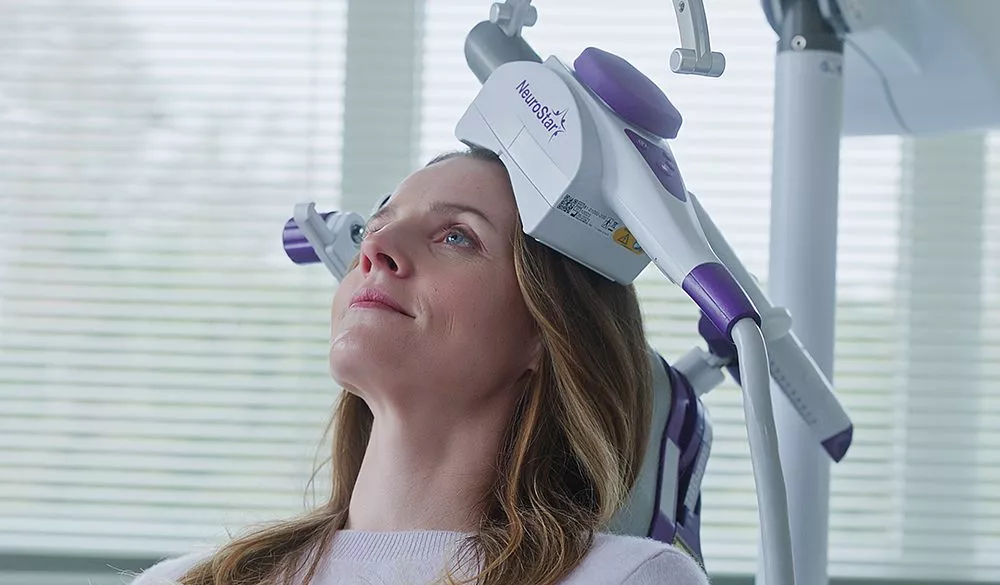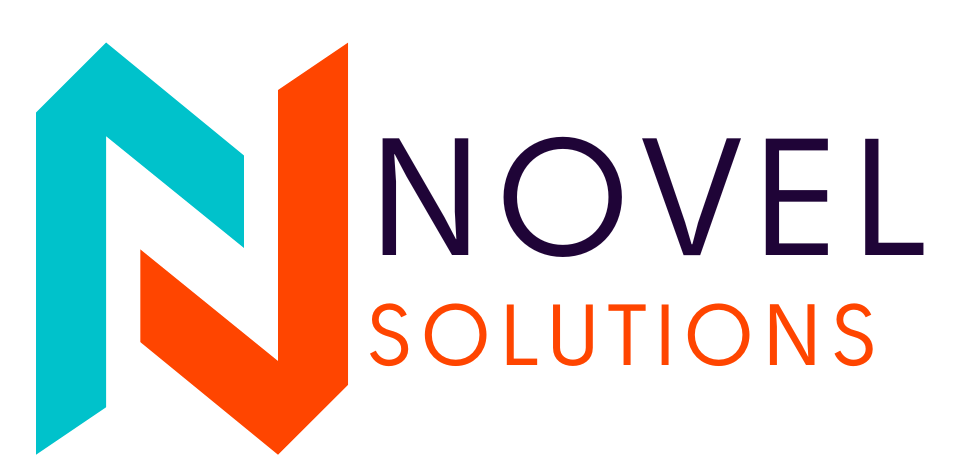An Effective New Depression and OCD Treatment Without Medication.
Transcranial Magnetic Stimulation (TMS) is a technological breakthrough in the treatment of Treatment Resistant Major Depression and OCD. Cleared for use by the FDA in October 2008, TMS is a non-invasive, non-systemic treatment that utilizes MRI strength magnetic pulses to stimulate areas of the brain known to be underactive in depression.
TMS is a powerfully effective and safe treatment for Major Depression and OCD
TMS is non-systemic (not through the whole body like medication) and non-invasive (not entering the body). As a result, patients’ lives continue as normal during treatment. Performed in an office setting without anesthesia, treatments last about 20 to 30 minutes and are typically given 5 days a week for five to six weeks. Side effects are minimal and usually only involve discomfort at the site of treatment. Patients are able to work, go to school, or continue any of their daily activities including driving to and from treatment sessions. TMS Therapy is an FDA approved, outpatient procedure performed in the office. With our passion for patient wellness and vast experience in TMS. Our Excellence in the treatment of major depression utilizing this revolutionary technology has outstanding results.

Response rates to TMS exceed that of medication in treatment resistant patients.
What to Expect?
The first step in the TMS treatment process is determining whether or not TMS is an appropriate treatment for you. NOVEL SOLUTIONS TMS team offers a free initial screening with our intake specialist to determine if you may be a candidate for treatment. During this screening, we will review your symptoms, treatment history, and possible treatment options. If you are deemed a candidate the team will schedule an evaluation appointment with our Medical Director if you are found to be an appropriate candidate we will begin the certification process with your insurance company.
YOUR FIRST TREATMENT SESSION
If TMS is right for you, an initial treatment session will be scheduled and will last about 2 hours. At this first visit, our Medical Director will determine the appropriate placement and energy settings of the treatment coil. Placement of the treatment coil and the strength of the magnetic field are important factors in successful TMS treatment. In order to do this, a test is done to determine what is called the motor threshold. A magnetic pulse will be repeatedly given to find the strength that is just enough to result in movement of the appropriate area; the fingers on your right hand for Depression treatment and your feet for OCD treatment.
YOUR TMS TREATMENT SESSIONS
The usual treatment session lasts 20-30 minutes. As you sit reclined, awake and alert, the TMS device delivers rapid MRI strength magnetic pulses in a sequence. The pulses make a knocking sound, and ear protection or earplugs are required. The pulses produce a slight discomfort on the scalp but without anything touching the skin. During the session you can watch television, listen to music, or simply sit back and relax. Most patients are amazed at how quickly the session is over. Treatment sessions are then repeated by our expertly trained TMS Technicians each day using the settings initially determined by your physician. A standard course of treatment involves sessions 5 days a week for 5-6 weeks, although this can vary depending on a patient’s response to treatment. A tapering set of treatments is sometimes used to ensure your improvement. As you progress through your therapy, the TMS Staff will regularly assess your progress and determine the eventual number of treatments.
AFTER YOUR TREATMENT
After the treatment, you can drive and resume your normal day. TMS is non-invasive, meaning it does not involve surgery, and also non-systemic, meaning no drugs are used, and therefore no drug side effects (you will maintain your medications as prescribed by your psychiatrist throughout the treatments but there are no additional drugs used). Typical TMS side effects are irritation or discomfort at the treatment site, or headache, and they are usually mild.

